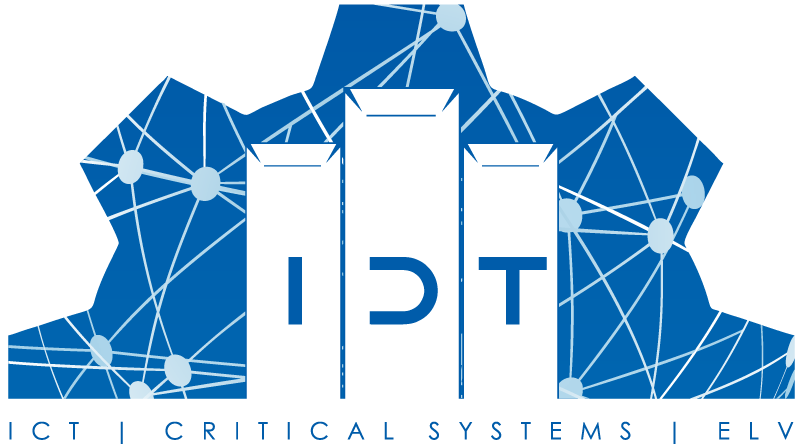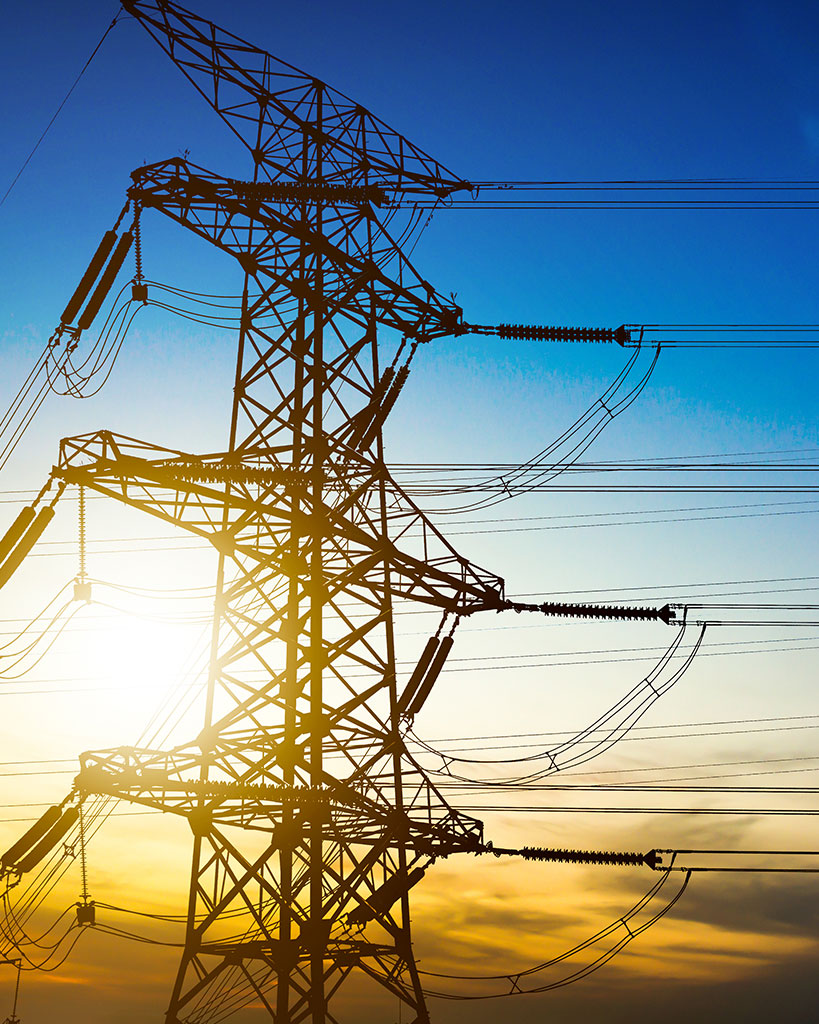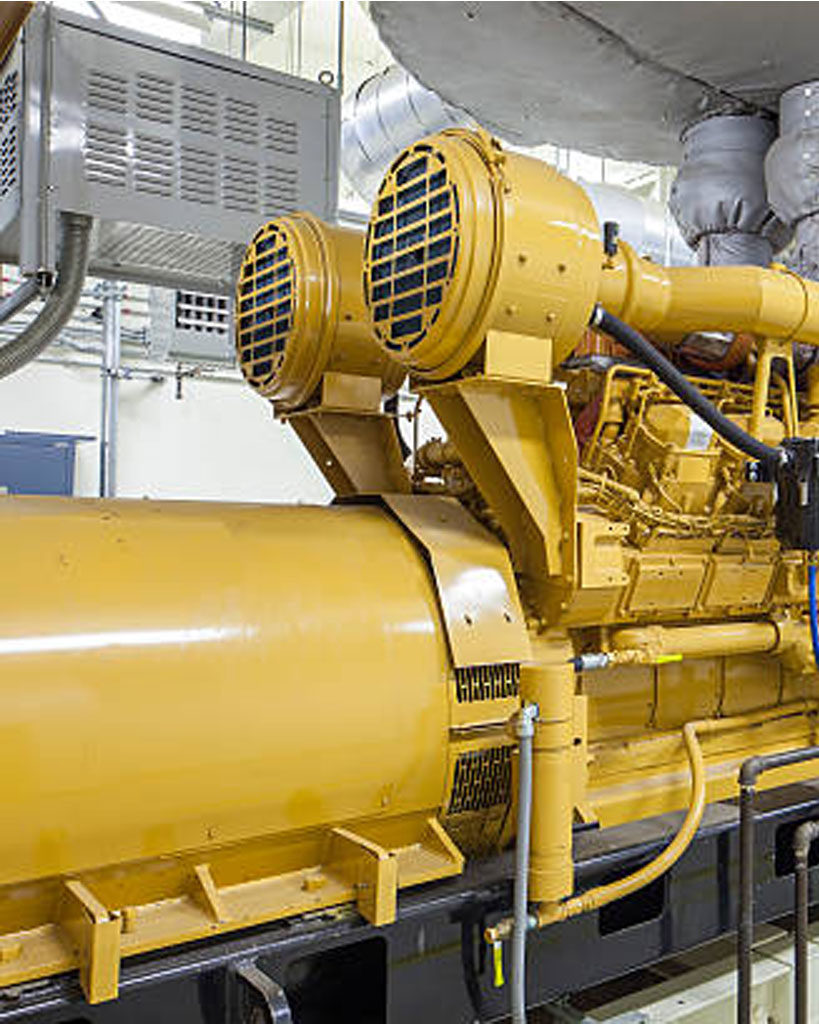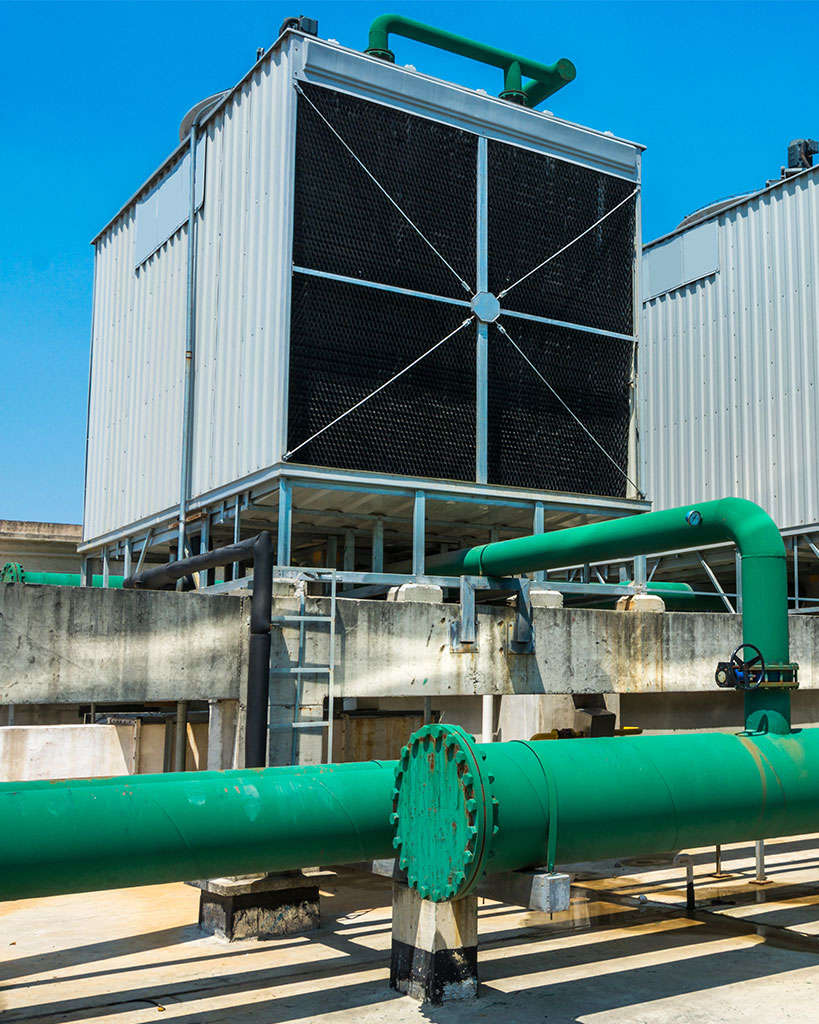Fire
System Design.
The fire system is an important component for a business to consider to ensure that it is safe, secure, and reliable in all aspects for the business and its personnel. When designing a fire system design system designers must analyze the building package as a whole. In most cases, the analysis will go beyond basic code compliance and owners’ minimal legal regulations to ensure it is relevant and specific to the business.
As we have been consultants for many projects, the experience allows us to design a bespoke system that is accurate and cost-effective. Here are a few basic components of the system that is typically found in any building.
Code Compliance
The first thing to be considered when designing a fire system is that the design meets at least the minimum legal requirements. The fire system designers should be educated on the codes that are applicable for the area as the codes vary for each area before investing money and time.
When designing a new system or upgrading an existing system, It is questionable if the code compliance meets the objectives of the owner as there may be additional business-related purposes.
Detection system
Due to the advancement in technologies, modern systems are getting much smarter in detection that senses heat or smoke and triggers the alarm system. It’s now possible to accurately differentiate the levels of danger in detecting a fire. Specification and installation of the system can be selective as it varies based on the purpose of the business.
Heat detectors trigger an alarm and notify even before the smoke is produced and will provide a higher level of protection. The importance of a good detection system is that it’s able to detect the fire and extinguish it before it grows and causes damage.
Alarm and Notification
Alarms are an essential factor in a fire system. It gives a warning to the people within the premises about the danger and will help personnel to respond to the situation as soon as possible.
The alarm system can be used to notify the management and the people regarding the location and severity of the fire and in instructing for the safest exit through speakers. This system can also connect with the building’s ventilation system to help control smoke.
Fire Suppression
When a warning regarding fire is detected, the suppression system designed accordingly is triggered to at least contain the fire until it can be extinguished. The most widely used suppression system is the sprinkler system in commercial facilities. A sprinkler system can reduce the damage to property and loss of people occurring by half or two-thirds compared to instances where sprinkler systems are not used. But depending on some facilities, a sprinkler system cannot be used as it can cause damages to sensitive equipment or stocks which can be damaged due to water. In this case, chemical or gaseous suppression can be used alternatively. Considering the nature of the facility, the team should study the best fire suppression system to avoid the wastage of money and damage to property and lives.
System Maintenance
The system won’t operate at its peak if it’s not maintained well. When the systems are not maintained properly, there are higher chances that there will be a lack of efficiency and effectiveness where the system has to act upon before a fire emerges that is lose its reliability and true protection.
It is always necessary to go with a design that can be maintained depending on the ability of the company to maintain it. The fire safety professionals should work together in order to be on track with the timely maintenance and repairs of the system for its longevity.



